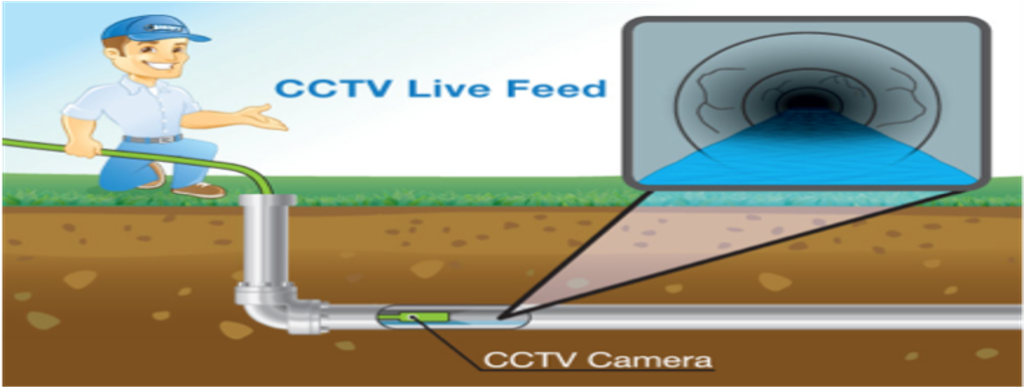A sewer scope inspection uses a tiny camera to video record the lateral sewer line in a home that leads from the house’s foundation to the main sewer line. The process is meant to determine the state of the sewer line. In most situations, several problems have ranged from pipe collapse, grease buildup, and cracking. Others include tree root ingress, offset pipes, and sags or low areas. Any of these situations will need to be resolved to ensure the normal functioning of the line.


A sewer scope inspection uses a camera to take videos of a sewer line. This line connects the house and the foundation to the city sewer line or septic tank. This inspection looks for cracks, rust, deterioration, root infiltrations and broken pipes.
To prevent issues, it is highly recommended that you have your septic system inspected every one to two years. The inspection should be a serious consideration if you are purchasing or selling your home. The inspector can inform the homeowner when to next have the septic tank pumped. Alternative septic systems may have mechanical parts and should also be inspected at least once a year or as recommended by the manufacturer.
A septic tank inspection includes: